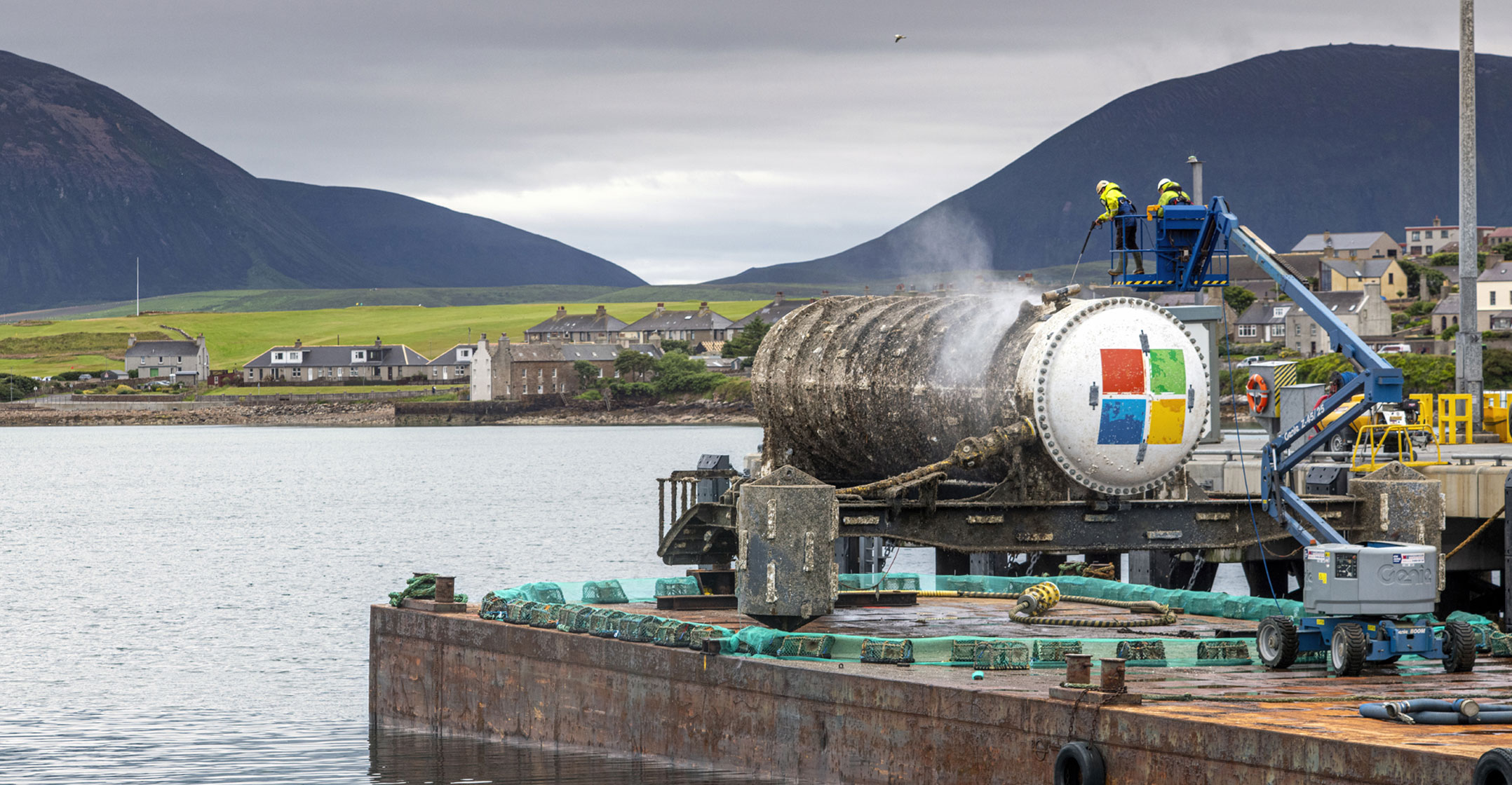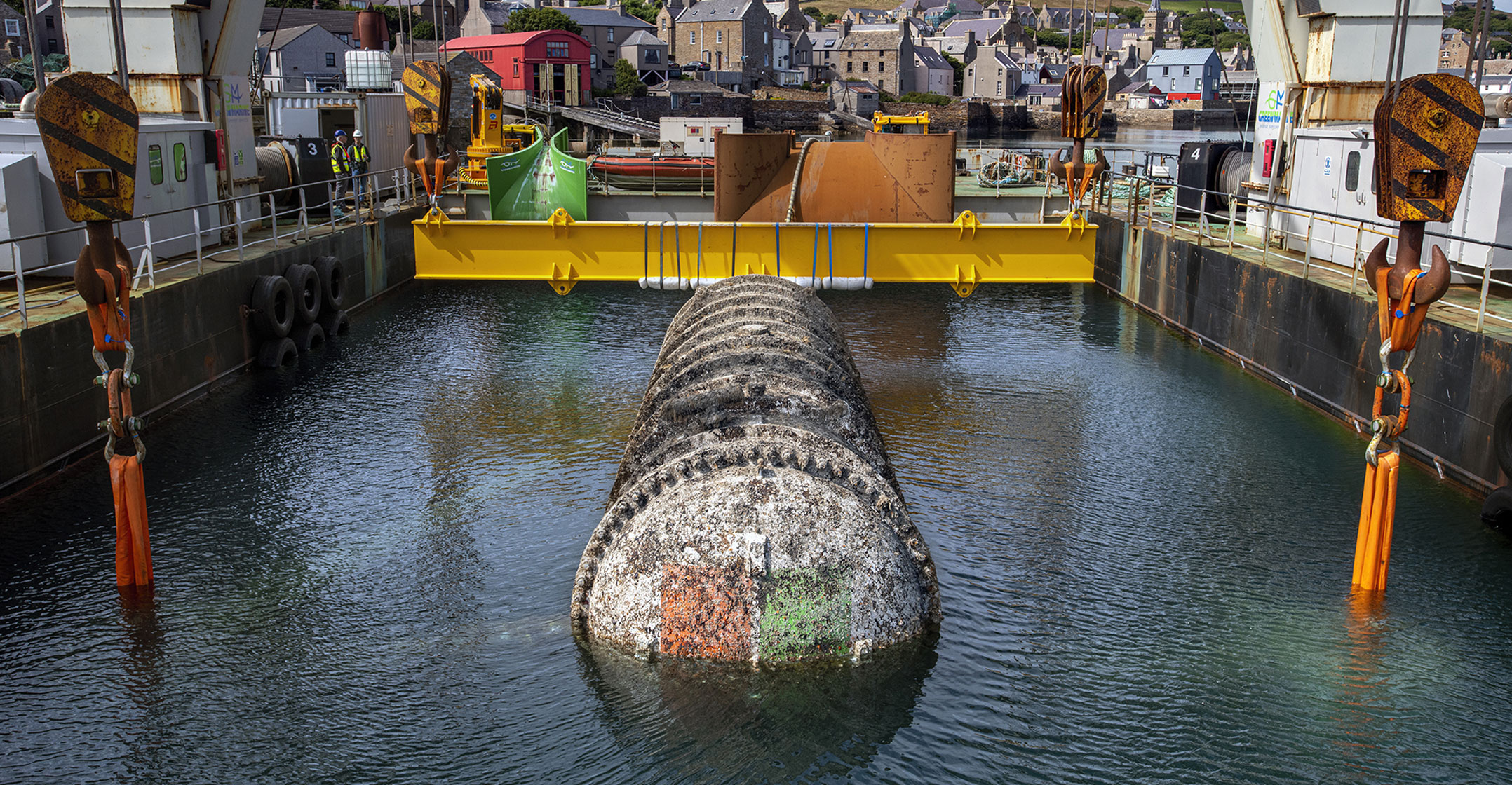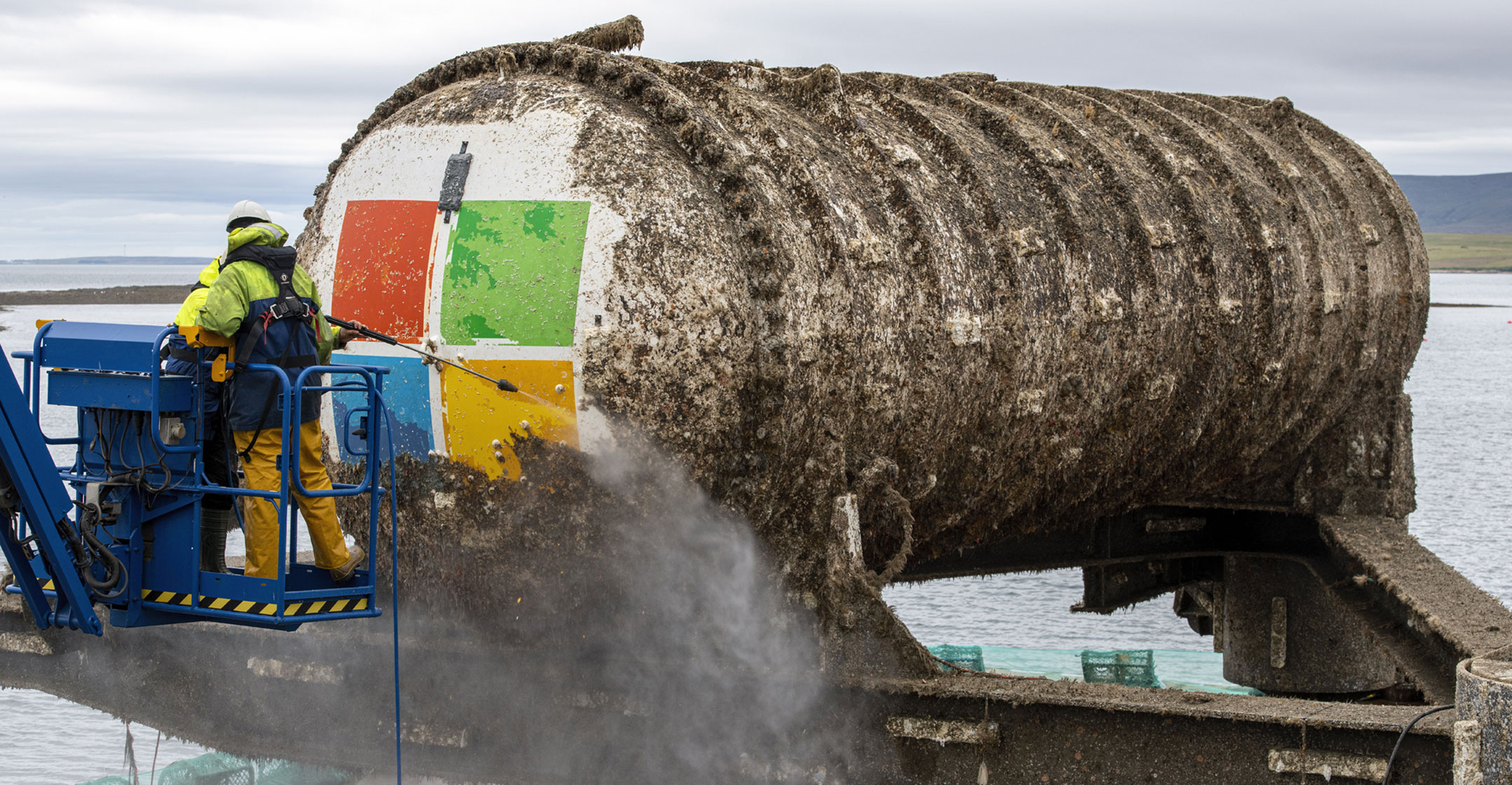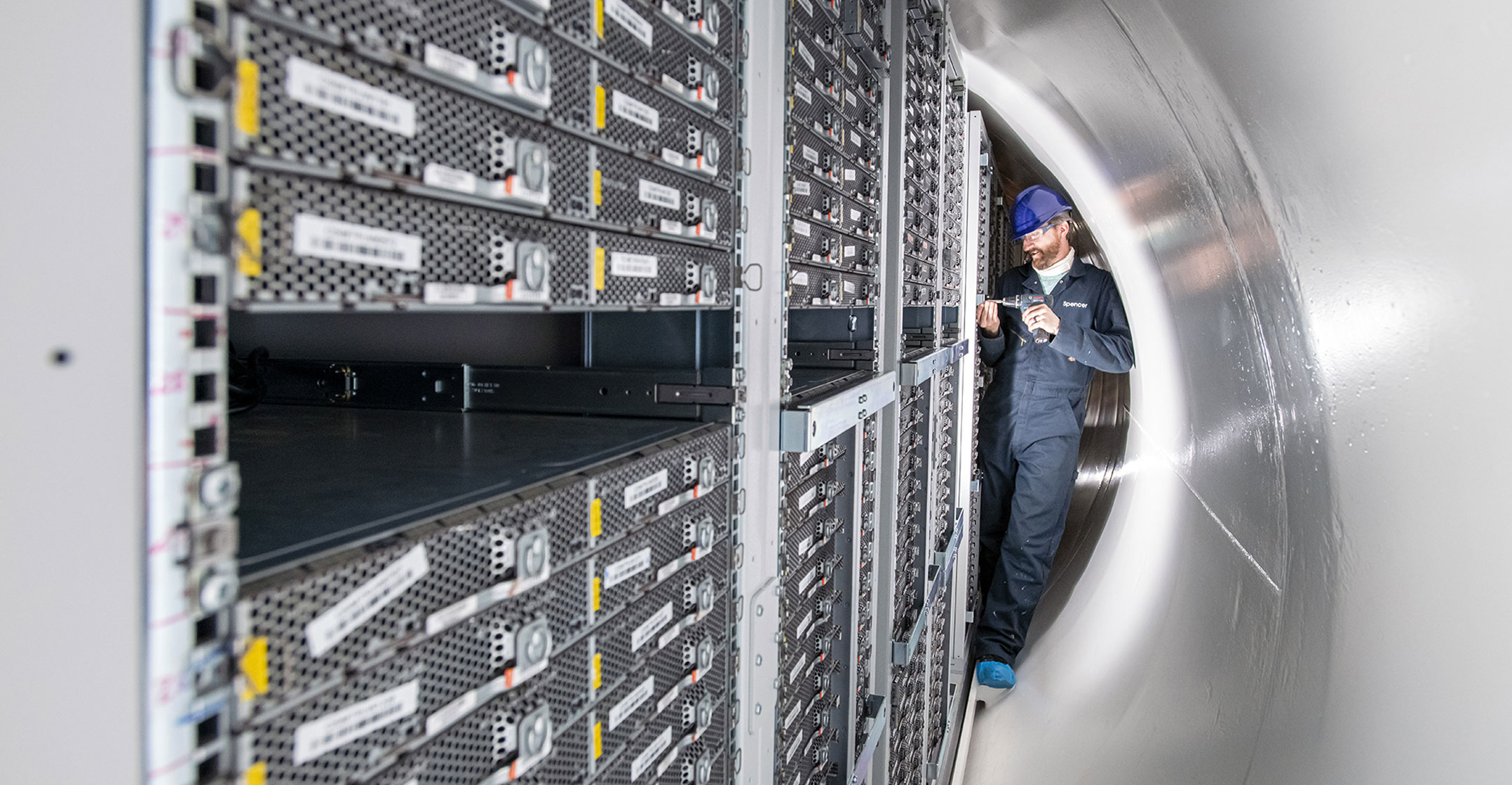 Deploying data centres under the sea is not only feasible, it is logistically, environmentally and economically practical. That’s the finding from Microsoft, whose Project Natick has been experimenting with the idea of subsea data centres for several years.
Deploying data centres under the sea is not only feasible, it is logistically, environmentally and economically practical. That’s the finding from Microsoft, whose Project Natick has been experimenting with the idea of subsea data centres for several years.
TechCentral interviewed project head Ben Cutler in September 2018 to find out why the software giant deployed a subsea data centre in the north of Scotland and what it hoped to achieve. Listen to the podcast here.
The team used the concept to ascertain whether building submarine data centres makes practical and financial sense. Turns out, it does.
Earlier this (northern hemisphere) summer, marine specialists brought up the shipping-container-sized data centre from the seafloor off the Orkney Islands. It was coated in algae, barnacles and sea anemones
The Project Natick team deployed the Northern Isles data centre about 35m underwater, on the seafloor, in the spring of 2018. For the next two years, team members tested and monitored the performance and reliability of the data centre’s servers.
“The team hypothesised that a sealed container on the ocean floor could provide ways to improve the overall reliability of data centres. On land, corrosion from oxygen and humidity, temperature fluctuations and bumps and jostles from people who replace broken components are all variables that can contribute to equipment failure,” Microsoft said in a statement on Tuesday. “The Northern Isles deployment confirmed their hypothesis, which could have implications for data centres on land.”
Tactical data centres
Lessons learned from Project Natick are informing Microsoft’s data centre sustainability strategy around energy, waste and water, said Cutler in the Microsoft statement. “What’s more, the proven reliability of underwater data centres has prompted discussions with a Microsoft team in Azure that’s looking to serve customers who need to deploy and operate tactical and critical data centres anywhere in the world.”
More than half the world’s population lives within 200km of the coast. By putting data centres underwater near coastal cities, data would have a short distance to travel, leading to batter latency, Microsoft said. The consistently cool subsurface seas also allow for energy-efficient data centre designs. For example, they can leverage heat-exchange plumbing such as that found on submarines.
“We are now at the point of trying to harness what we have done as opposed to feeling the need to go and prove out some more,” Cutler said. “We have done what we need to do. Natick is a key building block for the company to use if it is appropriate.”



The Northern Isles data centre was retrieved from the seafloor off Scotland’s Orkney Islands and towed partially submerged between the pontoons of a gantry barge to a dock in Stromness, Orkney.
It was built by Naval Group and its subsidiary Naval Energies, experts in naval defence and marine renewable energy. Green Marine, an Orkney Island-based firm, supported Naval Group and Microsoft on the deployment, maintenance, monitoring and retrieval of the data centre. It was deployed at the European Marine Energy Centre, a test site for tidal turbines and wave energy converters.
The deployment and retrieval of the Northern Isles underwater data centre required atypically calm seas and a choreographed dance of robots and winches that played out between the pontoons of a gantry barge. The procedure took a full day on each end, Microsoft said.
Cutler said in the statement that he is already thinking of scenarios such as co-locating an underwater data centre with an offshore wind farm. “Even in light winds, there would likely be enough power for the data centre. As a last resort, a powerline from shore could be bundled with the fibre-optic cabling needed to transport data.”
Other sustainability related benefits may include eliminating the need to use replacement parts. In a lights-out data centre, all servers would be swapped out about once every five years. “The high reliability of the servers means that the few that fail early are simply taken offline,” Microsoft said. — © 2020 NewsCentral Media

